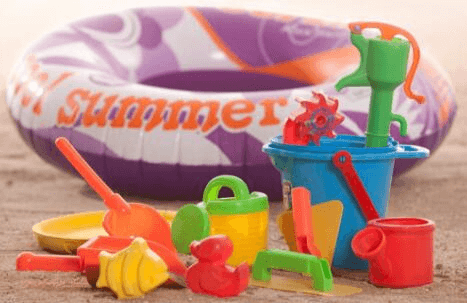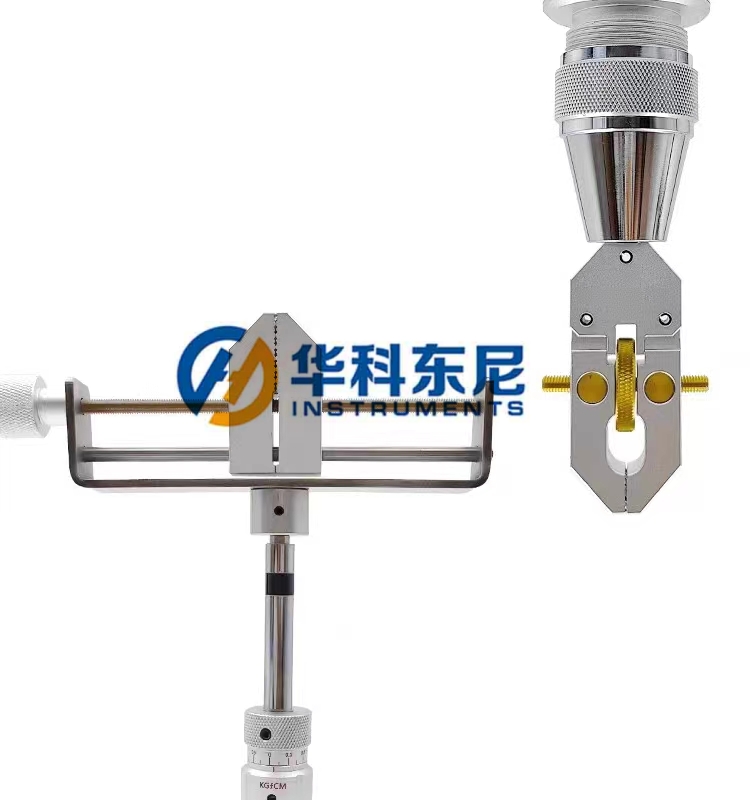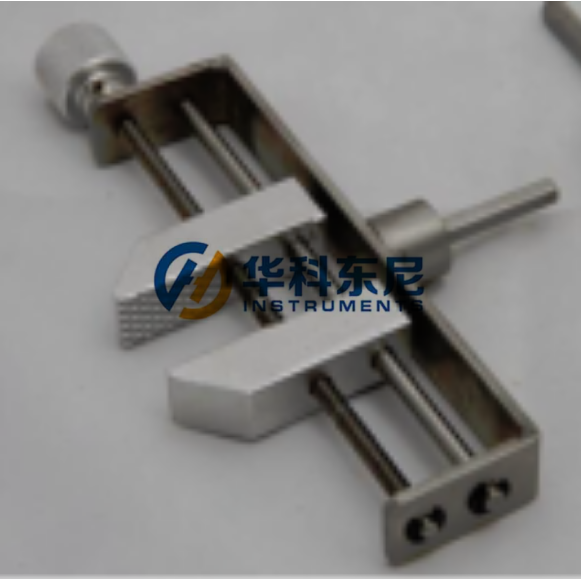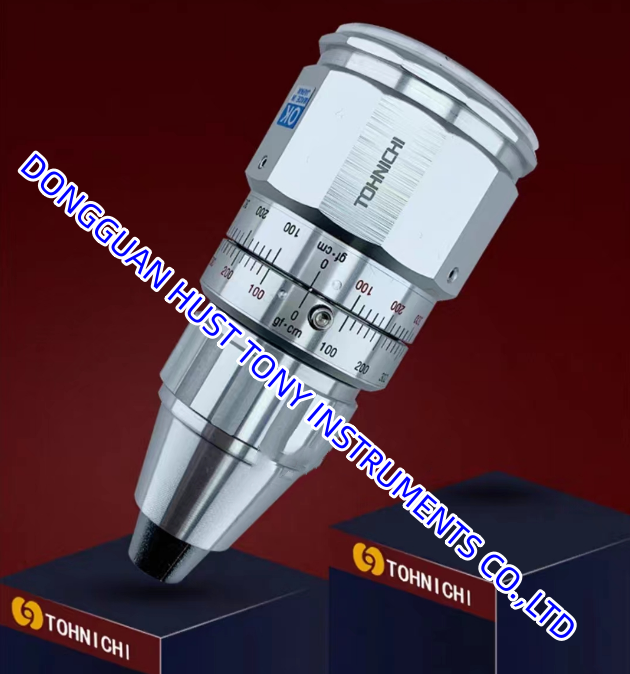What are The Toy Safety Tests?
What are The Toy Safety Tests?
With the steady growth of the world economy, the consumer demand for toy products is growing rapidly.
Based on the original intention of health and safety, countries and regions around the world have developed strict toy control standards, and are constantly updated and improved.
Toy safety problems continue to occur, and the relevant laws and regulations of sanctions are becoming increasingly severe, which brings great challenges to toy manufacturers, importers and retailers.
In order to ensure the safety of toys, different regions have different safety standards, of which the European standard is considered to be more widely used, it needs to pass the strict EN standard test, toys are no exception.
Hust Tony Instrument explains several of the most commonly used toy safety tests: Torque Test, Drop Test, Impact Test, Compression Test.

Torque Test:Torque test steps:Apply a clockwise torque force to the component for 5 seconds, twist to 180 or 0.34Nm, hold for 10 seconds, then return the component to a relaxed state, and repeat the process counterclockwise.
Less than or equal to 6 mm, apply a force of 50 N + 2N, if the size of the largest protrusion is greater than 6 mm, apply a force of 90 N + 2N. Apply pounds for 5 seconds and hold for 10 seconds.
Judgement Standard:Toys designed for small children who cannot sit up alone should not crack, which is acceptable if the crack does not cause obvious damage.
Toys designed for children under the age of 3 should not produce small parts, accessible sharp points and sharp edges.
Masks and helmets should not reveal sharp lobes, edges, or loose material that may enter the eyes. Oral toys used in water should not produce small parts.
Equipment:
Torque Test Clamp(middle size)TW-243B
Tohnichi Torque Gauge ATG24CN-S
Standard:ISO 8124-1,GB 6675-2,EN71-1,ASTM F963,16CFR 1500




